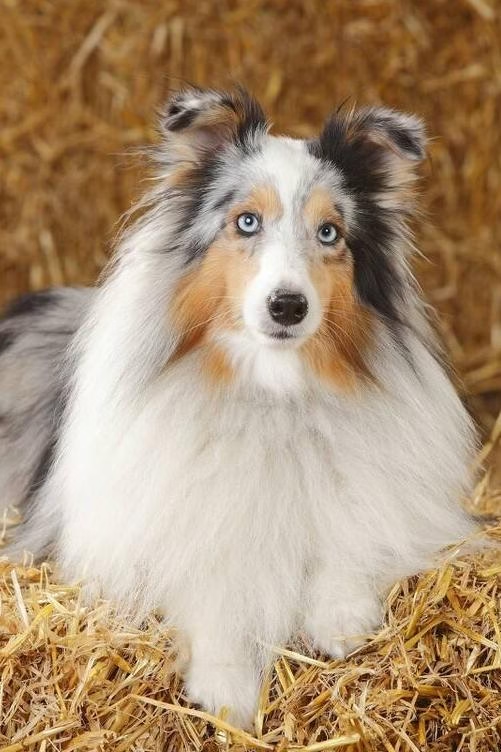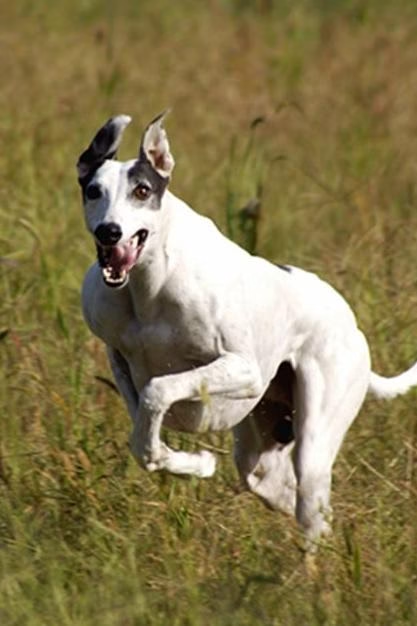Belgian Malinois (Malinois)

Belgian Malinois
Malinois
Basic Information
- Category: Pet Dog
- Origin: Belgium
- Body Type: Large
- Height: 56-66 cm
- Hair Length: Short hair
- Lifespan: 10-15 years
Ratings
| Trainability | ⭐️⭐️ |
| Affection Level | ⭐️⭐️ |
| Barking Level | ⭐️⭐️⭐️ |
| Shedding Level | ⭐️⭐️⭐️ |
Breed Introduction
The Malinois is the only Belgian short-haired shepherd dog and is a well-known ancient breed that originated near Mechelen, Belgium. It is very popular in Belgium.
This highly intelligent dog has many uses, excelling in various activities such as tracking, guarding, drug and bomb detection, search and rescue, herding, and pulling. Although this dog is not suitable for everyone, with proper socialization training, it can be an excellent family companion.
The Groenendael and Tervuren are often used as family companion dogs, while the Laekenois and Malinois are usually used as guard dogs.
The Belgian Malinois (short for Malinois) surpasses other working dogs in intelligence, agility, obedience, and trainability, and is extremely loyal to its owner. The military and police forces in developed countries such as the United States, Germany, and Australia have recognized this and started to popularize its use, with other countries imitating the use of purebred Belgian Malinois.
The Belgian Malinois is one of the four breeds of Belgian shepherd dogs and is known for its intelligence and liveliness.
The Belgian shepherd dog was created by hybridizing local mastiffs from Central Europe with deerhounds introduced from the Commonwealth in the 13th century. The first breed recognition occurred around 1885. In 1892, a man named AReul discovered four separate varieties, leading to the establishment of the Belgian Shepherd Association.
Among these, the black long-haired variety is called the Groenendael, the yellow-brown wire-haired variety is called the Laekenois, and the very short-haired variety found in the Mechelen area is called the Belgian Malinois.
The Belgian Malinois is primarily used for herding, military work, police work, tracking, searching, and drug detection. Compared to other dog breeds, this breed has a stronger personality and a true shepherd dog lineage.
The Belgian Malinois has a square build, with a strong, alert, agile neck and head. Its body structure gives the impression of being sturdy without being heavy. Males are slightly larger than females.






